Moisture Barrier over Concrete Slab
GreenDog194
11 years ago
Featured Answer
Sort by:Oldest
Comments (15)
User
11 years agolast modified: 9 years agoRelated Professionals
Four Corners Flooring Contractors · Banning Flooring Contractors · Gallatin Flooring Contractors · Green Bay Flooring Contractors · Marlborough Flooring Contractors · Maryville Flooring Contractors · Palm Valley Flooring Contractors · Panama City Beach Flooring Contractors · Alamo General Contractors · Alhambra General Contractors · Bremerton General Contractors · DeRidder General Contractors · Keene General Contractors · La Marque General Contractors · Tyler General ContractorsGreenDesigns
11 years agolast modified: 9 years agosheelermt
11 years agolast modified: 9 years agoGreenDog194
11 years agolast modified: 9 years agoUser
11 years agolast modified: 9 years agoGreenDog194
11 years agolast modified: 9 years agoattofarad
11 years agolast modified: 9 years agoUser
11 years agolast modified: 9 years agoGreenDog194
11 years agolast modified: 9 years agoGreenDog194
11 years agolast modified: 9 years agoMongoCT
11 years agolast modified: 9 years agoharley0711
10 years agolast modified: 9 years agomsulli1
10 years agolast modified: 9 years agoLamia Elawar Ali-Ahmad
7 years agolast modified: 7 years ago
Related Stories
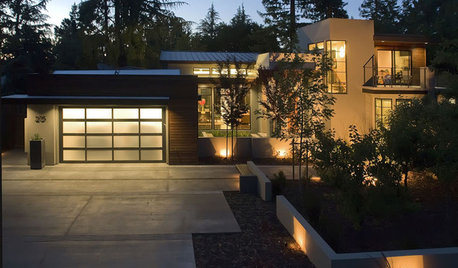
REMODELING GUIDESConcrete Driveways: Poring Over the Pros and Cons
Concrete adds smooth polish to driveways and a sleek look to home exteriors, but here are the points to ponder before you re-surface
Full Story
GREEN BUILDINGConsidering Concrete Floors? 3 Green-Minded Questions to Ask
Learn what’s in your concrete and about sustainability to make a healthy choice for your home and the earth
Full Story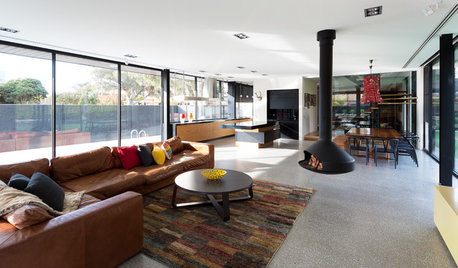
FLOORSKnow Your Flooring: Concrete
Concrete floors have a raw and elegant beauty that can be surprisingly warm
Full Story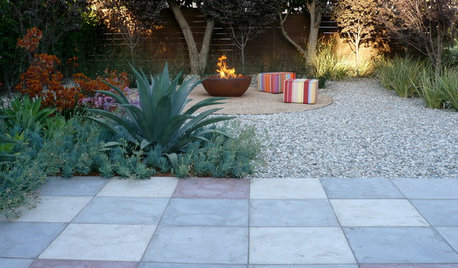
MATERIALSPrecast Concrete Pavers Make a Versatile Surface in the Garden
You can use concrete pavers in a variety of shapes and colors for your patio, walkway, driveway and more
Full Story
KITCHEN DESIGNUsing White Marble: Hot Debate Over a Classic Beauty
Do you love perfection or patina? Here's how to see if marble's right for you
Full Story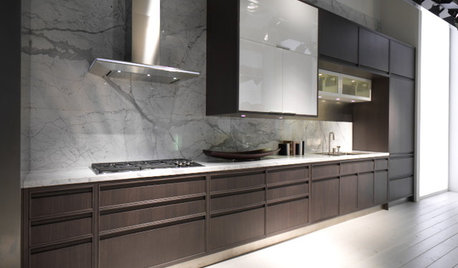
KITCHEN DESIGN5 Stunning Alternatives to the Tile Backsplash
Try Stone Slab, Glass, Steel, Concrete or Beadboard Above the Kitchen Counter
Full Story
CONCRETEWhy Concrete Wants to Crack
We look at the reasons concrete has a tendency to crack — and what you can do to help control it
Full Story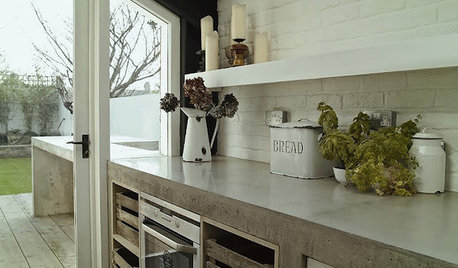
KITCHEN COUNTERTOPSKitchen Counters: Concrete, the Nearly Indestructible Option
Infinitely customizable and with an amazingly long life span, concrete countertops are an excellent option for any kitchen
Full Story
GREEN BUILDINGHouzz Tour: See a Concrete House With a $0 Energy Bill
Passive House principles and universal design elements result in a home that’ll work efficiently for the long haul
Full Story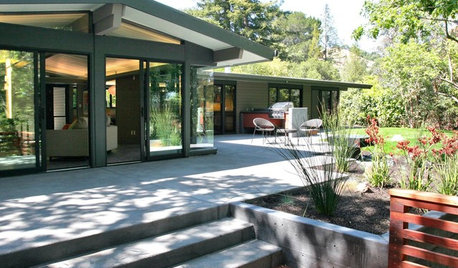
LANDSCAPE DESIGN5 Ways to Make Your Concrete Patio More Attractive
These design ideas can liven up your paved outdoor space
Full StoryMore Discussions






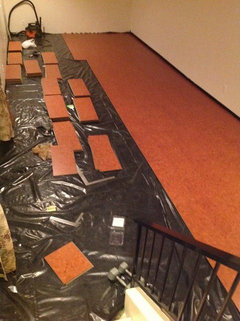
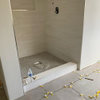

GreenDog194Original Author